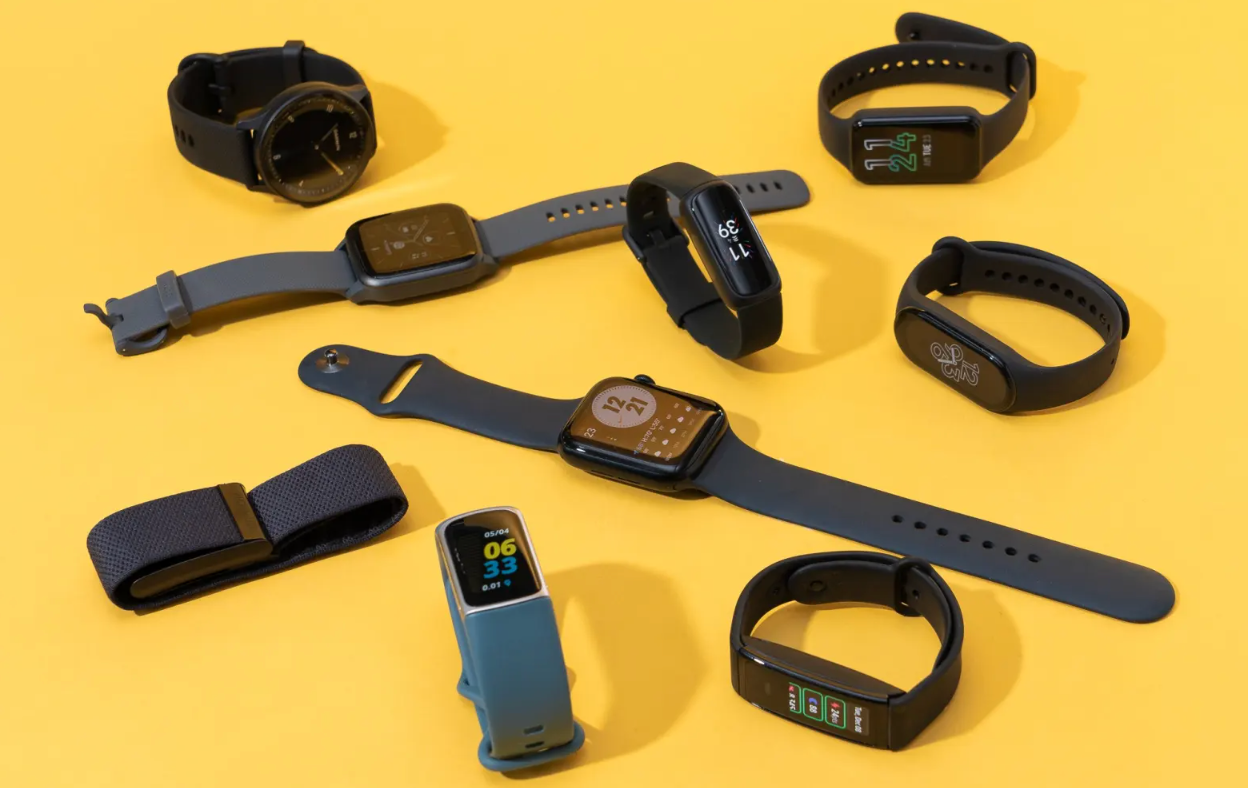The Health Paradox: Who Pays, Who Gains, and Why It Still Has to Start With You
Let’s talk about a weird contradiction we live with every day—one we rarely notice, even though it shapes our lives and our health outcomes in quiet but powerful ways.
In most Western countries, the people—you and me—are the ones who get the personal benefits of good health. More energy, longer life, better sleep, clearer focus, fewer pills, and more joyful moments. But the economic costs of poor health? They usually land somewhere else: on employers, insurance companies, and governments.
That’s the paradox. We live the benefits, but they pay the price.
This disconnect matters, because it shapes how our systems are designed—and how we, as individuals, are nudged, pushed, and sometimes dragged toward better health. The trouble is: motivation that starts outside of us rarely goes the distance.
So how do we fix this? How do we bridge the gap between outside incentives and inside drive—and maybe even get the best of both worlds?
Let’s unpack it.
Who Actually Pays?
Poor health isn’t just a personal inconvenience—it’s incredibly expensive.
Employers shell out billions each year in lost productivity, absenteeism, and higher insurance premiums. Governments foot the bill for preventable chronic diseases through Medicaid, Medicare, and public health programs. Insurance companies carry the costs of claims that could often be avoided through lifestyle changes.
Ironically, individuals don’t always feel the immediate hit in their wallets. We feel it in fatigue, or mood, or a prescription refill—but not always in dollars. That makes it easy to delay action. The cost is long-term. The comfort of the couch? Immediate.
And so we get wellness incentives: gym reimbursements, step challenges, even lower premiums for certain health behaviors. These can help—but they often don’t stick. Why? Because they’re built around someone else’s bottom line.
Motivation That Works (and What Doesn’t)
Research makes it clear: intrinsic motivation is the game-changer.
Studies like those based on Self-Determination Theory by psychologists Edward Deci and Richard Ryan show that sustainable behavior change comes from autonomy, personal relevance, and a sense of competence. Translation? We stick with what feels meaningful, self-directed, and achievable.
So while financial perks or pressure might kickstart a new habit, it’s internal motivation—what we want for ourselves—that keeps it going.
Health Investment That Makes "Dollars and Sense"
Here’s where things get interesting. Even though the benefits of better health show up on our skin, our sleep, our steps, the economic incentive to invest in that health often lives somewhere else.
Employers save money when workers are well. Governments ease budget strain with healthier populations. So yes—it makes dollars and sense for them to invest in programs that help people eat better, move more, and stress less.
But the key? Don’t stop at the spreadsheet. Programs that work best meet individuals where they are—not as line items, but as humans.
Make the Individual the Hero
Let’s flip the script. If we want people to care—and truly choose better health—we can’t just say “do it for the company” or “to reduce national healthcare costs.” That’s not a story anyone wants to live out.
What works is this story: What does a healthier version of your life look like?
Maybe it’s being able to lift your grandkid without back pain. Maybe it’s running a 5K or sleeping through the night without melatonin. It might be finally feeling good in your own skin, not for anyone else—but for you.
The story of a better life is far more compelling than any third-party incentive. And that story needs to feel accessible now—not 30 years from now. That’s where design matters.
Make It Real. Make It Visible. Make It Possible.
We live in the golden age of wearable tech and health tracking. You don’t need to guess if something’s working—you can see it, sometimes in real time.
Steps taken, heart rate lowered, hours slept, stress reduced. These tiny wins add up, and seeing them makes a huge difference in motivation. You feel momentum. You see proof. You can adjust when something isn’t working.
Wearables, apps, and data dashboards aren’t just gadgets—they’re modern tools for building intrinsic motivation. They turn vague goals into visible, trackable change.
Next Steps: Collective Responsibility, Personal Empowerment
So how do we move forward?
For organizations and governments:
- Keep investing. But invest smarter. Choose strategies that empower autonomy, not just compliance.
- Prioritize accessibility—healthy food shouldn’t cost more than fast food. Mental health care shouldn’t require a scavenger hunt.
For individuals:
- Stop waiting for the perfect system. Start where you are.
- Anchor your choices in what you want—joy, energy, strength, peace—not just what others tell you is “good for you.”
- Use tools. Track progress. Celebrate tiny wins.
Conclusion: It’s Your Life—and That’s the Point
Yes, employers, insurers, and governments have skin in the game. And yes, they should continue to invest in helping people get and stay healthy.
But at the end of the day, you’re the one living in your body. You’re the one who gets to feel the difference. You’re the one who wakes up with more energy—or not.
That’s the real reward. And that’s why, even if you’re not the one paying the bill—you’re still the one who gets to choose the benefit.
Your health. Your story. Your move.











